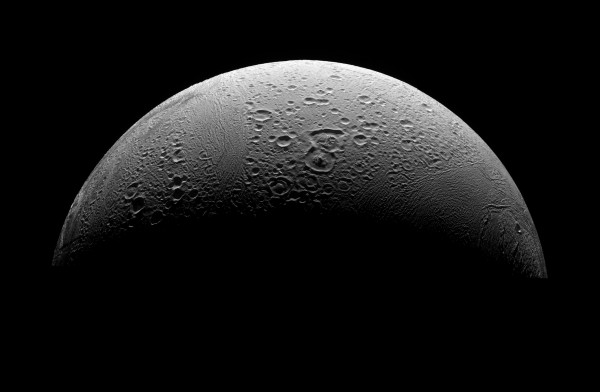Why the Moon is Actually Shaped Like a Lemon
| Ana Verayo | | Jul 31, 2014 07:13 AM EDT |
(Photo : Reuters) It will have its own Moon soon.
Researchers and scientists alike have found that the moon is not spherical in shape, but more of a distorted sphere, like a lemon.
According to a study by scientists from the University of California, Santa Cruz, the early moon was shaped by strong tidal and rotational forces, but the Earth's gravitational tidal pull and the moon's own spin ultimately created this lemon-shaped satellite.
Like Us on Facebook
As the moon cooled and solidified around four billion years ago, the sculpting effects from the tidal pull became frozen in place.
The team became the first to get a super-accurate picture of the moon using a device called a "laser altimeter," and then calculating the moon's topography, to find out it was not exactly round.
According to lead researcher Ian Garrick-Bethell, the shape-shifting occured when the moon was still in a liquid form where a thin outer layer of rock covered its crust across the surface.
Another important factor such as Earth's gravitational pull took some effects on the moon that resulted in a slight shifting of the moon's axis.
Bethell relates to this phenomenon as observing a water balloon as it spins where a bulge will develop around its equator unlike other bodies such as Earth and Mars where they take a spherical shape due to their spin.
Although this does not fully explain the surprising, distorted shape of the moon, the moon is spinning very slowly and has a considerable amount of distance from the Earth. Bethell confirms that the movement of the tides occuring today does not have any effect on the shape of the moon.
An important event that occured four billion years ago where an early Earth and another planetoid caused a powerful impact that formed the moon. The distance of the moon from Earth was much closer to each other then that resulted in stronger tides.Bethell also confirms that the moon was spinning faster then and that the moon was really hot that contributed to its current shape.
This study was ultimately inspired by the idea of Jupiter's moon Europa, where its entire crust is made out of thin ice floating over an ocean. In a 2013 study, a group of researchers from the University of Texas in Austin calculated how a tidal heating formed this icy crust on Europa.
©2015 Chinatopix All rights reserved. Do not reproduce without permission
EDITOR'S PICKS
-

Did the Trump administration just announce plans for a trade war with ‘hostile’ China and Russia?
-

US Senate passes Taiwan travel bill slammed by China
-

As Yan Sihong’s family grieves, here are other Chinese students who went missing abroad. Some have never been found
-

Beijing blasts Western critics who ‘smear China’ with the term sharp power
-

China Envoy Seeks to Defuse Tensions With U.S. as a Trade War Brews
-

Singapore's Deputy PM Provides Bitcoin Vote of Confidence Amid China's Blanket Bans
-

China warns investors over risks in overseas virtual currency trading
-

Chinese government most trustworthy: survey
-

Kashima Antlers On Course For Back-To-Back Titles
MOST POPULAR
LATEST NEWS
Zhou Yongkang: China's Former Security Chief Sentenced to Life in Prison

China's former Chief of the Ministry of Public Security, Zhou Yongkang, has been given a life sentence after he was found guilty of abusing his office, bribery and deliberately ... Full Article
TRENDING STORY

China Pork Prices Expected to Stabilize As The Supplies Recover

Elephone P9000 Smartphone is now on Sale on Amazon India

There's a Big Chance Cliffhangers Won't Still Be Resolved When Grey's Anatomy Season 13 Returns

Supreme Court Ruled on Samsung vs Apple Dispute for Patent Infringement

Microsoft Surface Pro 5 Rumors and Release Date: What is the Latest?










